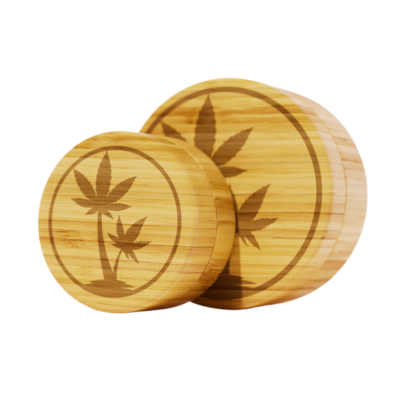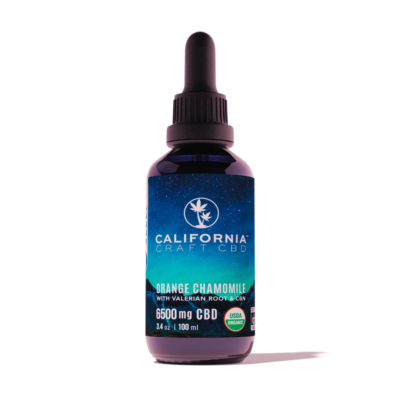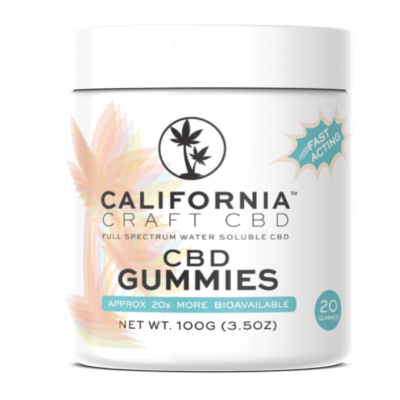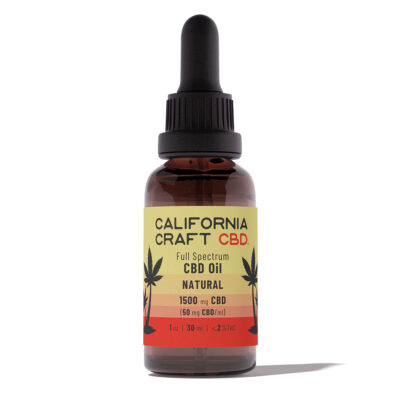If you’re new to the world of CBD, you might be a wee bit overwhelmed by how much there is to know–because there’s a lot. I have written multiple books on the subject!
But perhaps the most annoying pain point for people when they buy CBD (and one of the most frequently asked questions I get) is: why isn’t my CBD oil working for me?
There’s nothing worse than getting all excited about your new CBD product, receiving it in the mail or bringing it home from the store and using it only to find that it’s not affecting you the way you had hoped it would. You’ll probably find yourself questioning all the hype that surrounds this cannabinoid du-jour:
- Why does CBD not affect me?
- Why isn’t my CBD oil working?
- Does CBD actually do anything?
- What happens if CBD doesn’t work?
Do these questions sound familiar? You’re not alone! But before you toss your CBD and give up on what could be a very rewarding relationship, let’s explore some of the reasons why CBD might not be working for you.
What You’re Taking
What kind of CBD are you taking? What other ingredients are in there?
It’s important to know what kind of extract is in your CBD oil, gummies, capsules or topicals. Why? Because there is mounting evidence that there is a synergistic relationship between CBD and all the other goodies in the plant: other cannabinoids like THC (even in the teeny tiny quantities found in hemp), terpenes, and flavonoids, among others.
There are three main types of extracts you will see out there in the market: full-spectrum, braid spectrum and isolates.
Full-spectrum extracts contain everything that came out of the plant: CBD, other lesser cannabinoids, terpenes and flavonoids. These extracts have the most as far as active compounds go. Keep in mind that each brand, and even different products under the same brand, might have a different “magic sauce” of active compounds, and each formula can affect you differently. (Check out this post on terpenes to understand their benefits.)
Broad-spectrum extracts are very similar to full-spectrum except that they have been refined to remove any trace of THC. This is a popular choice for folks who want to completely avoid THC, though even very small amounts of THC are throught to be helpful and will not get you “high.”
Isolate extracts are refined so that they are 100% pure CBD. This might sound like the best option–you want 100% of that good stuff right? Except for that synergistic relationship mentioned earlier. It’s often referred to as “the entourage effect” and both science and anecdotal evidence from consumers shows that full- and broad-spectrum extracts tend to provide more benefit than CBD alone. Plus, using CBD isolates along tends to require much higher doses.
Check out California Craft’s formulation guru Chase Allen talking about all this good stuff here.
How You’re Taking It
Are you using a CBD oil? Popping gummies? Slathering on pain salves? Or using capsules? The delivery method, or how the CBD gets into your body, matters!
As mentioned last week slipping CBD oil under your tongue, where it is absorbed by the mucosal membranes in your mouth, is an effective and relatively quick acting way to get CBD into your body. It bypasses the stomach and the liver, so there is less CBD lost to the digestive process and it kicks in relatively quickly, usually within 15 minutes or so.
But that isn’t the only way CBD gets into your body, and it might not be the best way for you.
An important follow up question: why are you taking CBD? This could inform how you take it, so you can get the most out of your dose. For example, if you are taking CBD for digestive issues it might be best to take capsules so they are delivered right to where you need them. Just keep in mind if you’re swallowing CBD you might need to take a little extra to account for the amount that will be destroyed in your stomach, liver and gut.
If you’re dealing with skin irritation or achey joints, a topical cream could be the way to go. If you want quick relief, a sublingual oil or a vape pen might be the best option.
If a particular product or delivery method isn’t working, don’t be afraid to experiment–every body is different and will respond differently to each delivery method!
The Dose Might Be Too Low
Dosing is one of the trickiest parts about using CBD. It often requires trial and error, and will also require some careful attention on your part.
That is because, as just mentioned, every body is different and will respond differently depending on how you’re taking the CBD, a whole bunch of physiological variables (like your age, weight, what you ate that day, underlying conditions etc), along with the fact that each product formulation is different.
Many CBD products that are intended for wellness and supplemental use have low doses, and so CBD might not be producing an effect for you because you aren’t taking enough. But that doesn’t mean you should start taking more CBD willy nilly!
The best advice out there on finding the right dose for you: start low and go slow. More isn’t necessarily better with cannabinoids like CBD. Most experts agree you want to find “the sweet spot” in dosing where you get the results you want with the minimum possible dose. Keep in mind, this will also be better for your pocketbook in the long run!
Start with the recommended dose on the product label, give yourself a few days to see if it’s working, and if not increase it by half or double it. Then give yourself a few more days to evaluate. Keep going with this process (called “titration”) until you see the results you want to see.
Consider using a journal to track what product youre taking, how you’re taking it, how much you’re taking, time of day, food you’re taking it with and any other details you think might be relevant–it’s the best way to keep track of your progress (or lack thereof) with a particular product.
What You’re Taking With It
If you’re taking CBD edibles or capsules, experts recommend taking them with some form of healthy fat (think: avocado or nuts). Why? Because cannabinoids like CBD love fat and hate water. They are lipophilic and hydrophobic. So to help your body absorb all it can when you swallow CBD, add some fat to the mix.
Not all CBD products are created equally. The FDA doesn’t officially regulate the hemp CBD market yet, which means lots of companies are out there selling mislabeled products that could potentially contain nasty stuff you don’t want to put into your body.
But don’t worry! Here are three easy steps you can follow to make sure your CBD is of high quality and safe.
-
- Look for Transparency
Any CBD company worth their salt will be very transparent about where they get their hemp from, how it is grown, and how their products are made. The gold standard for communicating to consumers that their products are safe is through Certificates of Analysis (COAs). These are third-party independent lab tests that assure the products contain the quantity of CBD claimed on the label, and that they are free from pesticides, heavy metals and residual solvents.
- Look for Transparency
- Seek Out Legit Brands
If you don’t take a company seriously based on their branding, web presence and communications chances are they don’t take their products or their customer’s safety seriously, either. If a company seems fishy to you, pass. There are lots of reputable CBD companies out there (like this one!).
- Read Customer Reviews
See what other folks are saying! And remember, a glut of only 5-star positive reviews could signal that they are fake. Make sure it feels like real people are reviewing and commenting.
As you’ve hopefully come to see, there are several possible reasons why your CBD oil isn’t working for you. Before you give up on CBD, seek out quality products and keep experimenting! Leave any questions, concerns or comments below so we can take this journey together.
If you are loving your California Craft CBD oil it would mean so much to the folks that lovingly make these products if you shared it on Instagram, Facebook, Pinterest, or Twitter.
Lauren Wilson is a bestselling author, freelance writer, and educator. She is the author of Healing with CBD: How Cannabidiol Can Transform Your Health Without the High (Ulysses Press, 2018) and The CBD Solution: Wellness (Chronicle Books, 2020). Her third CBD title, The CBD Solution: Living will be out March 30, 2021. You can find her online at laurenmwilson.com.




